Home>Furniture & Design>Interior Design Trends>What Sound Does Glass Make When It Breaks
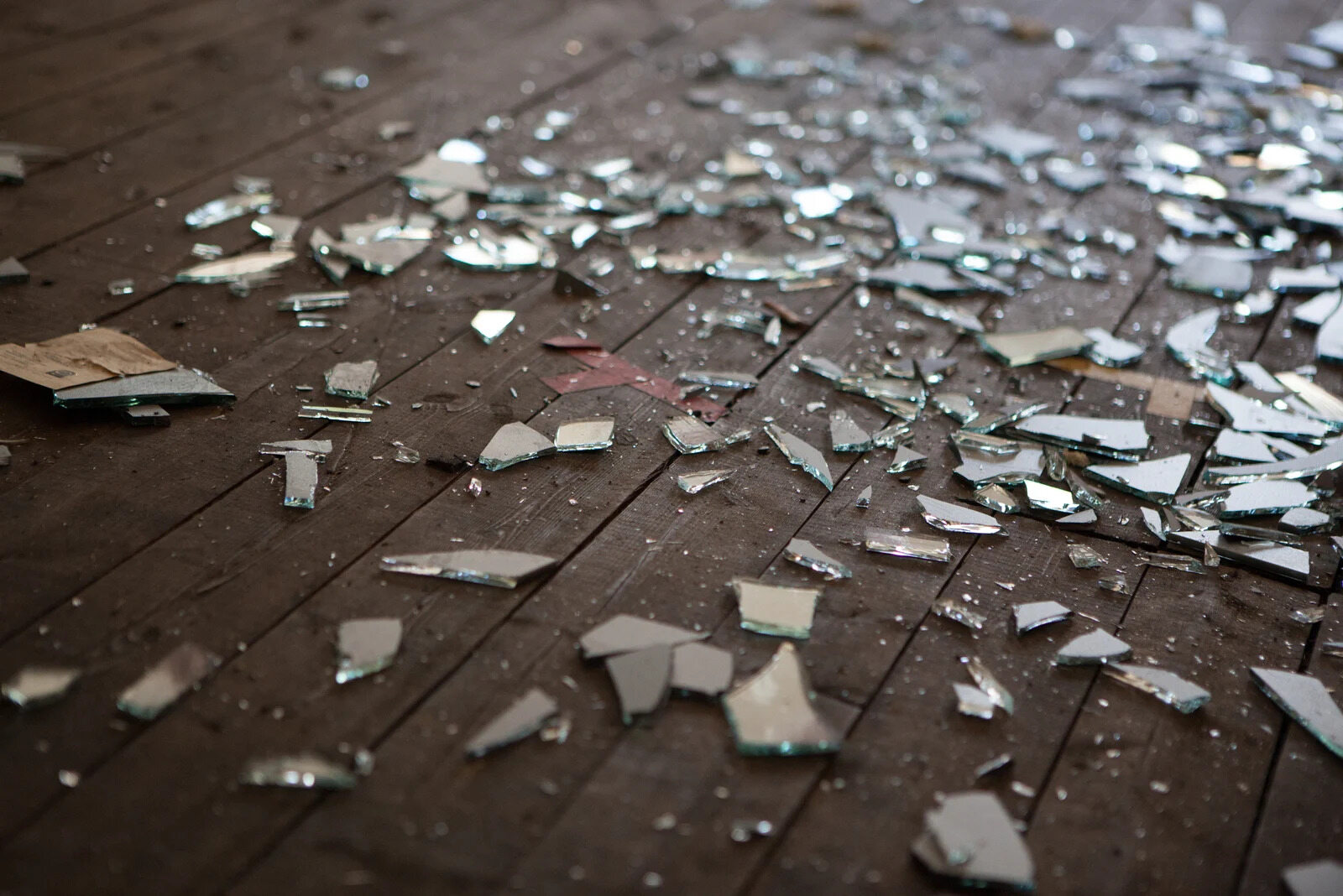

Interior Design Trends
What Sound Does Glass Make When It Breaks
Modified: February 18, 2024
Discover the latest interior design trends and find out what sound glass makes when it breaks. Explore the intersection of style and sound in modern design.
(Many of the links in this article redirect to a specific reviewed product. Your purchase of these products through affiliate links helps to generate commission for Storables.com, at no extra cost. Learn more)
Introduction
The sound of glass breaking is a familiar and evocative experience that can evoke a range of emotions, from surprise to concern. Whether it's the delicate tinkle of a champagne flute shattering or the sharp, explosive crack of a window pane, the sound of glass breaking captures our attention and triggers an immediate response. But have you ever stopped to ponder the science behind this distinctive sound?
The act of glass breaking is a captivating phenomenon that transcends cultural and linguistic barriers. It is a sensory experience that engages our auditory and visual senses, often accompanied by a visceral reaction. The sound of glass breaking can be both mesmerizing and alarming, depending on the context in which it occurs.
In this article, we will delve into the fascinating world of glass breaking, exploring the physics behind the sound, the different types of sounds produced, and the factors that influence the auditory experience. By gaining a deeper understanding of the mechanisms at play when glass shatters, we can develop a newfound appreciation for this everyday occurrence and the intricate interplay of forces and materials involved.
So, join us on this journey as we unravel the mysteries of what sound glass makes when it breaks, and gain a newfound appreciation for the symphony of physics and acoustics hidden within this seemingly mundane event.
Key Takeaways:
- Glass breaking produces different sounds based on its thickness, shape, and material, creating a symphony of high-pitched tinkles to deep, resonant booms.
- Factors like temperature, surface condition, and external forces influence the sound of glass breaking, adding complexity to this everyday auditory spectacle.
Read more: Why Does Glass Break With Sound
The Physics of Glass Breaking
The act of glass breaking is a complex interplay of physical forces and material properties, culminating in a distinctive auditory and visual spectacle. At its core, the physics of glass breaking can be attributed to the inherent properties of glass as a brittle material and the release of stored energy upon fracture.
When an external force is applied to a piece of glass, such as a sudden impact or stress, the material undergoes a rapid and catastrophic failure known as brittle fracture. Unlike ductile materials that deform plastically before breaking, glass exhibits minimal plastic deformation, leading to a sudden and explosive release of energy as cracks propagate through the material.
The fracture process begins with the formation of microcracks at the point of contact with the applied force. These microcracks serve as nucleation sites for the propagation of larger cracks, which rapidly extend through the material, causing it to fragment into distinct pieces. The rapid propagation of cracks through the glass generates a series of high-frequency acoustic waves, resulting in the characteristic sound of glass breaking.
Furthermore, the unique molecular structure of glass contributes to the distinctive nature of its fracture. Glass is an amorphous solid, lacking the long-range order found in crystalline materials. This disordered molecular arrangement imparts glass with isotropic properties, meaning that it exhibits uniform mechanical behavior in all directions. As a result, when glass fractures, the release of stored elastic energy is distributed evenly throughout the material, leading to a rapid and uniform propagation of cracks and the generation of a sharp, high-pitched sound.
In addition to the physical properties of glass, the thickness and shape of the glass object also play a significant role in determining the nature of the sound produced upon breaking. Thicker glass objects tend to produce deeper, more resonant sounds due to their greater mass and stiffness, while thinner glass objects emit higher-pitched, more delicate sounds.
In summary, the physics of glass breaking is a captivating demonstration of the interplay between material properties, mechanical forces, and acoustic phenomena. By understanding the underlying mechanisms of brittle fracture and the unique properties of glass, we can gain a deeper appreciation for the intricate physics at play when glass shatters, and the mesmerizing auditory experience it engenders.
The Different Sounds of Glass Breaking
The act of glass breaking produces a diverse array of sounds, each with its own distinct characteristics and emotional resonance. From the delicate tinkling of a wine glass to the sharp, explosive crack of a window pane, the auditory experience of glass breaking is as varied as the contexts in which it occurs.
One of the most recognizable sounds of glass breaking is the high-pitched, crystalline tinkle produced by thin, delicate glassware such as champagne flutes or decorative ornaments. This delicate sound is characterized by its ephemeral nature, often evoking a sense of fragility and elegance. The rapid propagation of microcracks through the thin, uniform structure of these objects generates a cascade of high-frequency acoustic waves, resulting in a shimmering, ethereal sound that captivates the listener's attention.
In contrast, thicker glass objects, such as windows or tabletops, produce a deeper, more resonant sound when they break. The greater mass and stiffness of these objects lead to a slower propagation of cracks and a lower frequency of acoustic waves, resulting in a more substantial and reverberating sound. The deep, booming resonance of thick glass breaking can evoke a sense of gravity and impact, often eliciting a visceral response from those within earshot.
Moreover, the shape and size of the glass object also influence the nature of the sound produced upon breaking. Curved or irregularly shaped glass objects may emit a complex, multi-tonal sound as cracks propagate along their contours, creating a dynamic and unpredictable auditory experience. Additionally, the size of the glass object can impact the volume and intensity of the sound, with larger objects producing a more substantial and commanding auditory presence.
Furthermore, the environment in which glass breaks can also influence the perceived sound. The acoustic properties of the surrounding space, such as reverberation and reflection, can modify the timbre and resonance of the glass-breaking sound, adding an additional layer of complexity to the auditory experience.
In summary, the different sounds of glass breaking encompass a rich tapestry of auditory sensations, ranging from delicate and ephemeral to deep and resonant. By exploring the diverse sonic landscape of glass breaking, we can gain a deeper appreciation for the intricate interplay of material properties, mechanical forces, and acoustic phenomena that culminate in this captivating auditory spectacle.
When glass breaks, it makes a sharp and high-pitched sound. This is because the vibrations created by the breaking glass produce a frequency that is high and piercing to our ears.
Factors Affecting the Sound of Glass Breaking
The sound produced when glass breaks is influenced by a myriad of factors, each contributing to the unique auditory experience that accompanies this captivating event. Understanding these factors sheds light on the complexity of glass-breaking acoustics and enriches our appreciation for the interplay of physical, material, and environmental elements involved.
-
Material Composition: The composition of the glass itself plays a pivotal role in determining the sound of its fracture. Different types of glass, such as soda-lime glass, borosilicate glass, or tempered glass, exhibit distinct mechanical properties and fracture behaviors, leading to variations in the sound produced upon breaking. For instance, borosilicate glass, known for its exceptional durability and thermal resistance, may produce a sharper and more crystalline sound compared to soda-lime glass due to its higher elasticity and resistance to crack propagation.
-
Surface Condition: The surface condition of the glass object can significantly impact the sound of its fracture. Smooth, polished surfaces may produce a cleaner, more uniform sound, whereas rough or textured surfaces could introduce irregularities in the sound due to variations in crack propagation and energy release. Additionally, the presence of surface imperfections or pre-existing microcracks can influence the initiation and propagation of fractures, leading to alterations in the sound profile.
-
Temperature: The temperature of the glass at the time of fracture can influence the speed and pattern of crack propagation, thereby affecting the sound produced. Thermal stresses induced by temperature differentials within the glass material can alter its mechanical behavior, potentially leading to variations in the acoustics of fracture. For instance, rapid cooling or heating of the glass object may introduce internal stresses that influence the nature of the sound when it breaks.
-
External Forces: The manner in which external forces are applied to the glass object can impact the sound of its fracture. The magnitude, direction, and duration of the applied force, whether it be a sudden impact, sustained pressure, or thermal shock, can modulate the dynamics of fracture and the resulting sound. Variations in the application of external forces can lead to differences in the speed and direction of crack propagation, ultimately shaping the auditory characteristics of glass breaking.
-
Environmental Acoustics: The acoustic properties of the surrounding environment, including factors such as ambient noise levels, reverberation, and spatial dimensions, can influence the perceived sound of glass breaking. The reverberation of sound waves within an enclosed space, for example, may enhance the resonance and timbre of the glass-breaking sound, adding an additional layer of complexity to the auditory experience.
By considering these factors, we gain a deeper understanding of the intricate interplay of elements that contribute to the sound of glass breaking. This multifaceted perspective enriches our perception of this everyday occurrence, revealing the hidden complexities and nuances that underlie the captivating auditory spectacle of glass breaking.
Conclusion
The act of glass breaking is a captivating intersection of physics, material science, and acoustics, culminating in a symphony of sound that captivates our senses and triggers an immediate response. From the delicate tinkle of a wine glass to the resonant shatter of a window pane, the diverse sounds of glass breaking reflect the intricate interplay of material properties, external forces, and environmental influences.
By unraveling the physics of glass breaking, we gain a newfound appreciation for the complexity of this seemingly mundane event. The rapid propagation of cracks through the brittle material, the release of stored elastic energy, and the unique molecular structure of glass all contribute to the distinctive sound that accompanies its fracture. Moreover, the thickness, shape, and surface condition of the glass object further enrich the auditory experience, leading to a diverse array of sounds that evoke a range of emotions and perceptions.
Furthermore, the factors influencing the sound of glass breaking, including material composition, surface condition, temperature, external forces, and environmental acoustics, underscore the multifaceted nature of this auditory phenomenon. By considering these factors, we gain insight into the hidden complexities and nuances that underlie the captivating auditory spectacle of glass breaking, enriching our understanding of this everyday occurrence.
In essence, the sound of glass breaking transcends its utilitarian function, serving as a testament to the intricate interplay of physical forces and material properties. It is a sensory experience that engages our auditory and visual senses, often accompanied by a visceral reaction. By delving into the science and artistry of glass breaking, we uncover a world of hidden complexities and sensory delights, enriching our perception of this captivating event.
So, the next time you hear the unmistakable sound of glass breaking, take a moment to appreciate the symphony of physics and acoustics hidden within this seemingly mundane occurrence. It is a testament to the beauty and complexity of the natural world, encapsulated in the ephemeral and evocative sound of glass shattering.
Frequently Asked Questions about What Sound Does Glass Make When It Breaks
Was this page helpful?
At Storables.com, we guarantee accurate and reliable information. Our content, validated by Expert Board Contributors, is crafted following stringent Editorial Policies. We're committed to providing you with well-researched, expert-backed insights for all your informational needs.

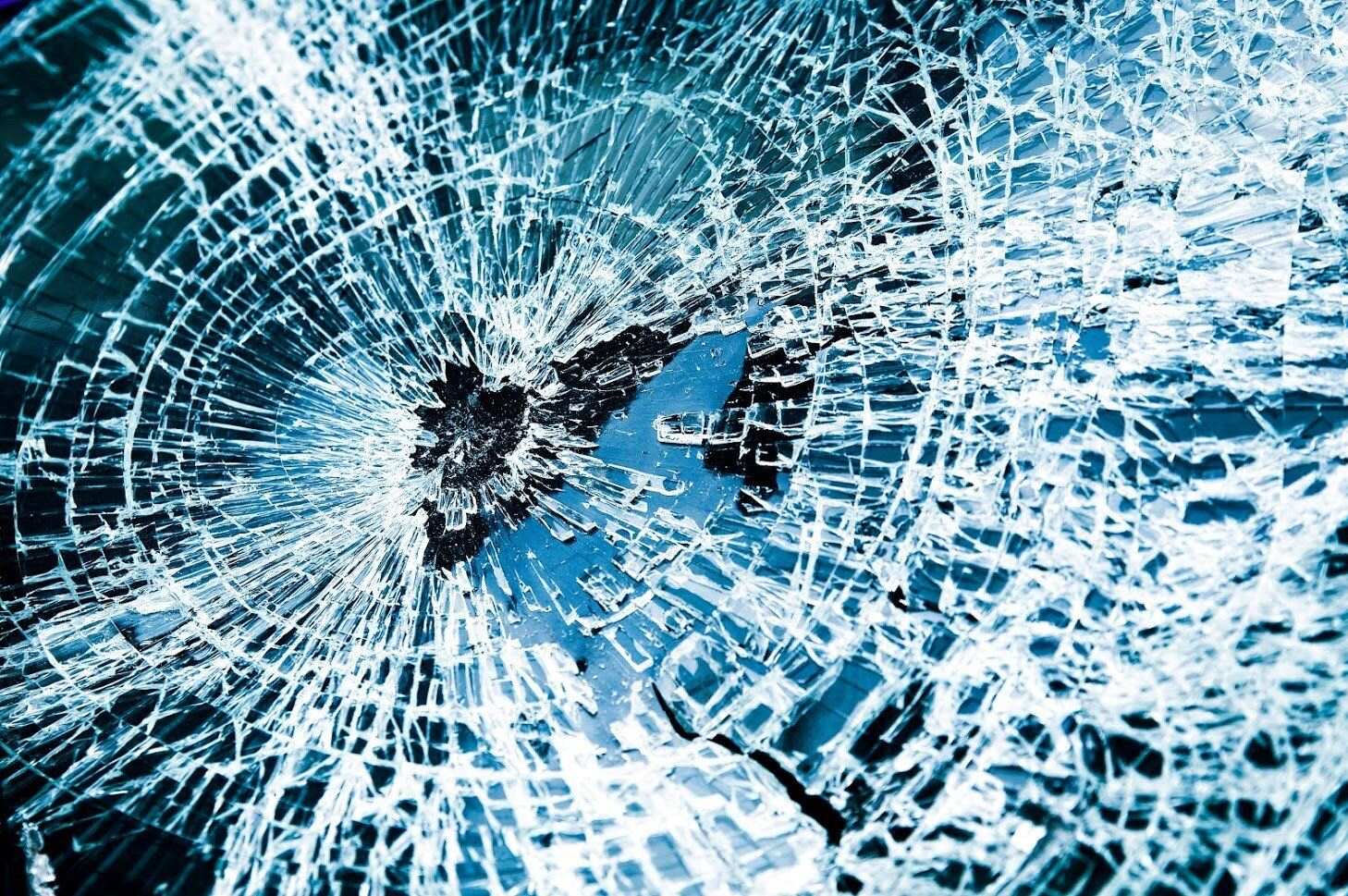
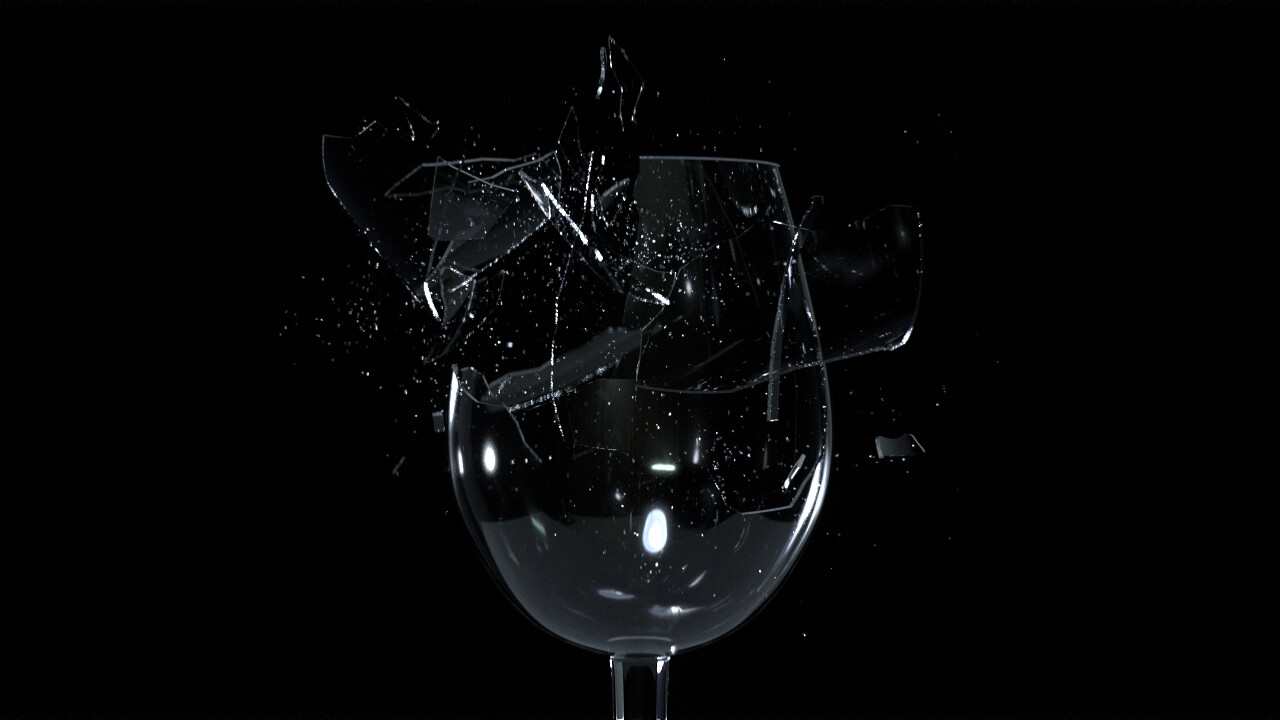
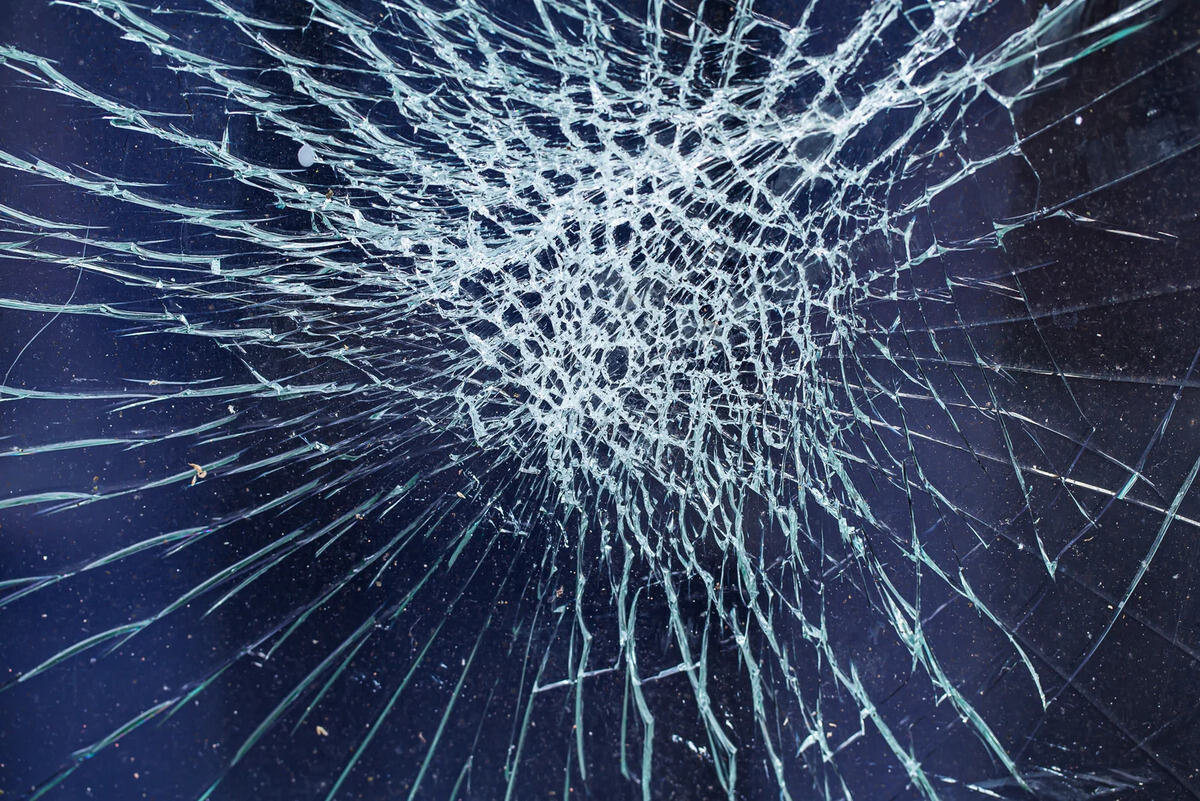
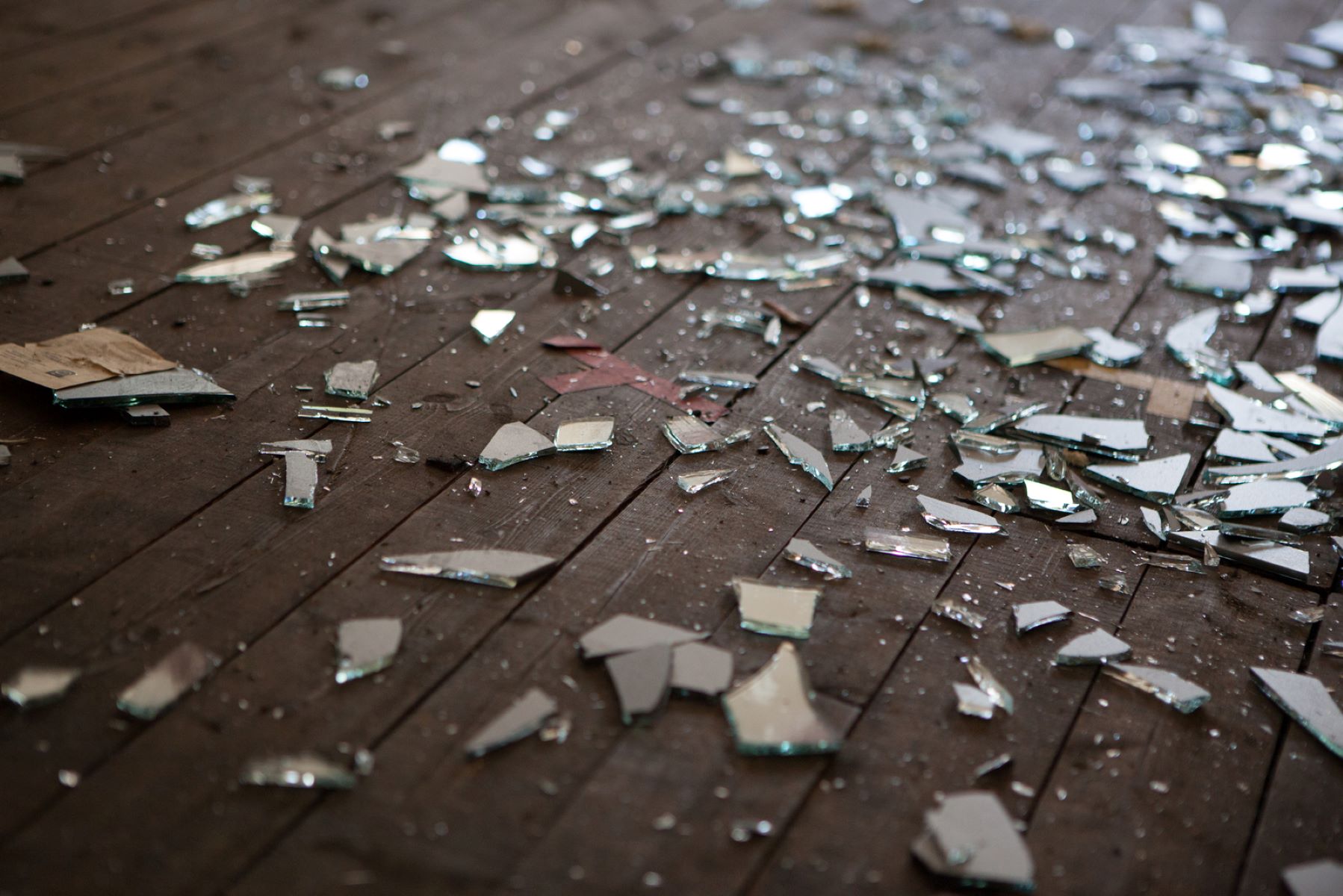

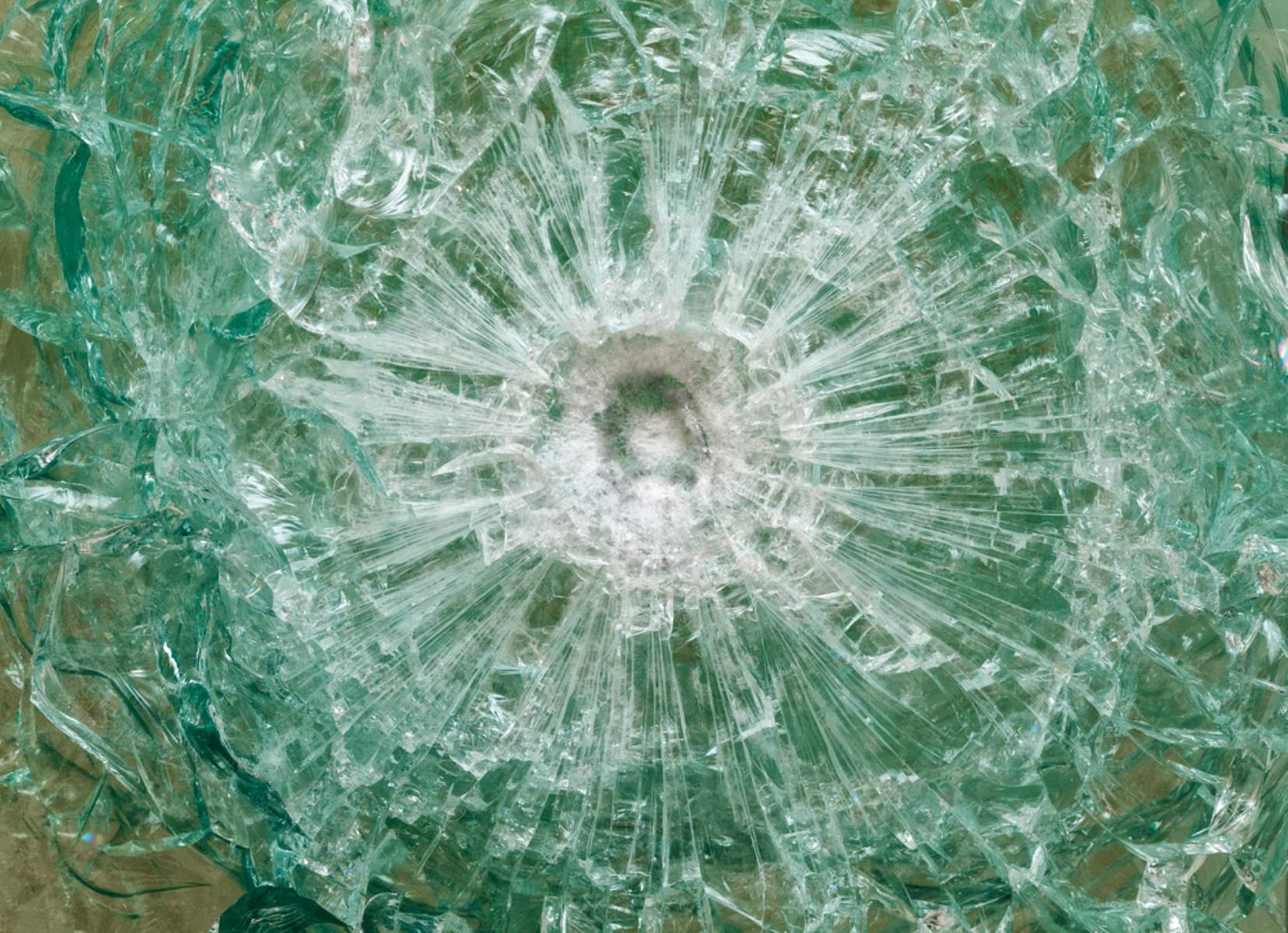
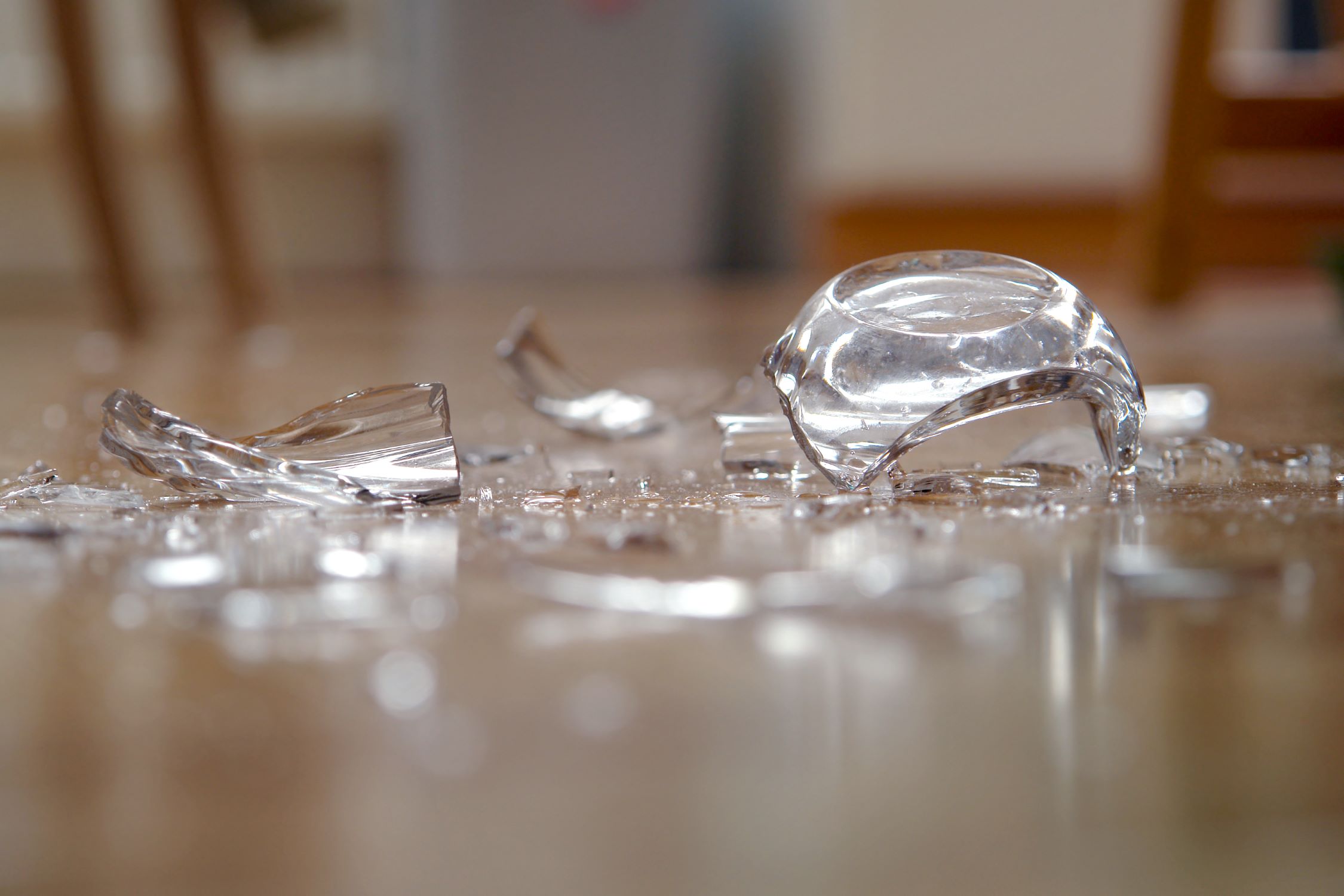
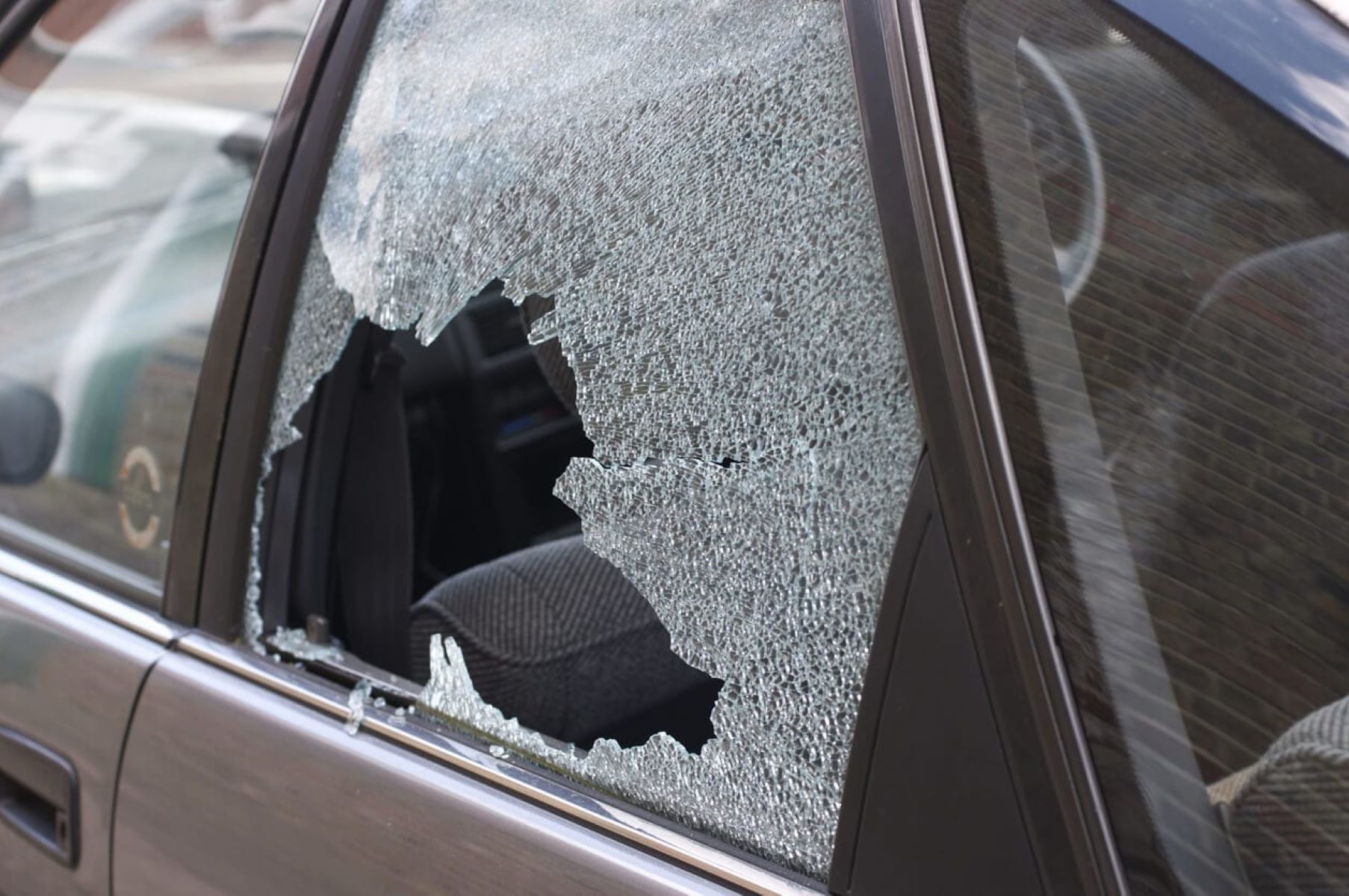
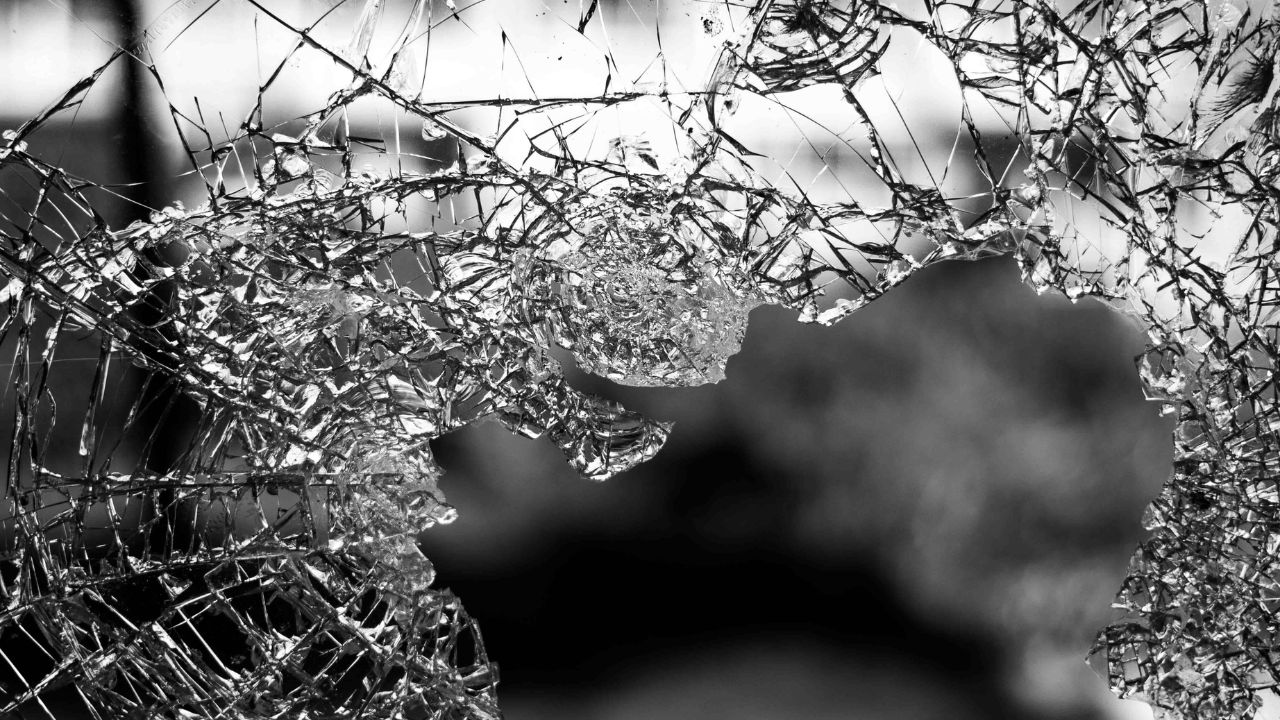
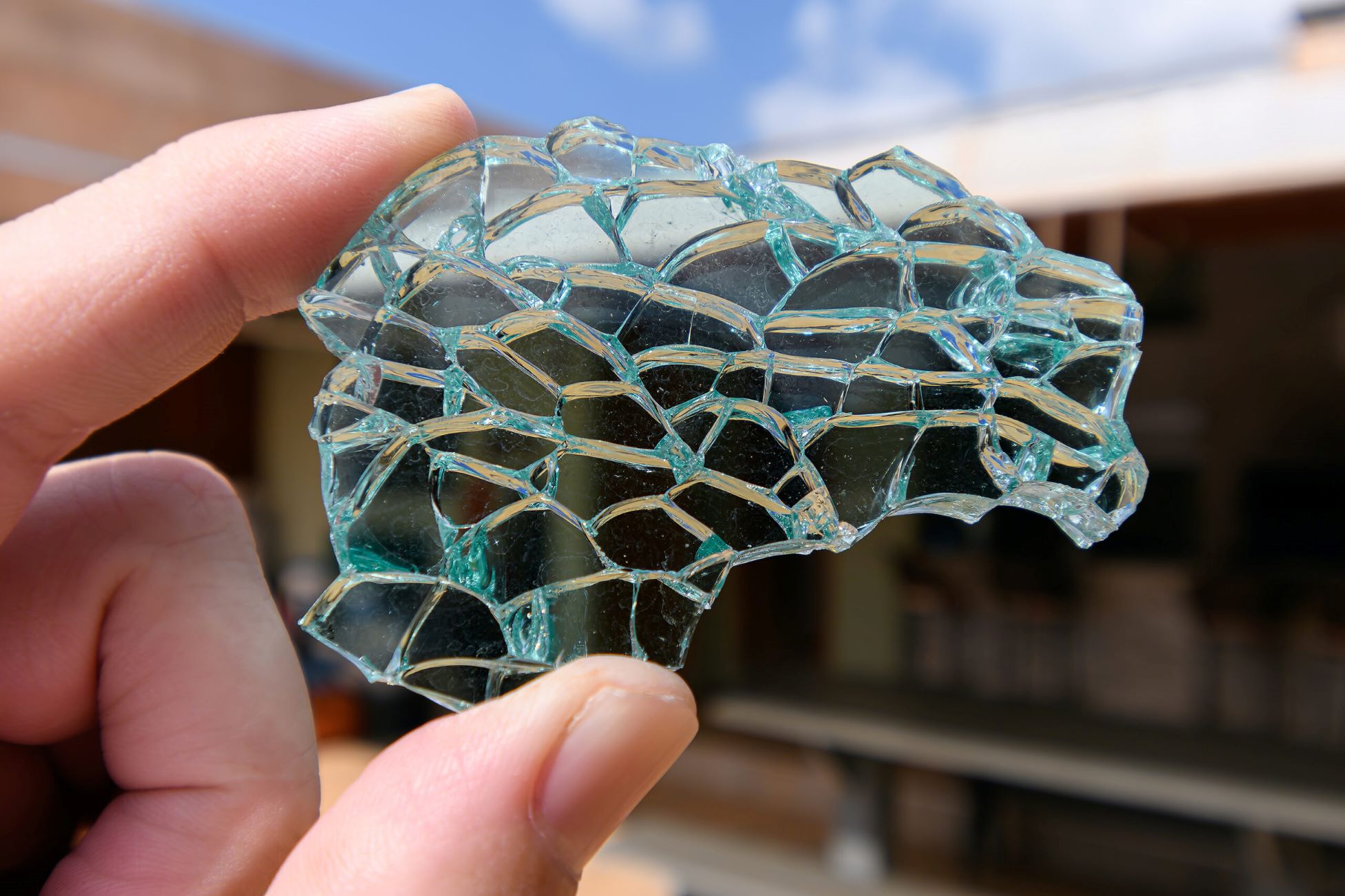
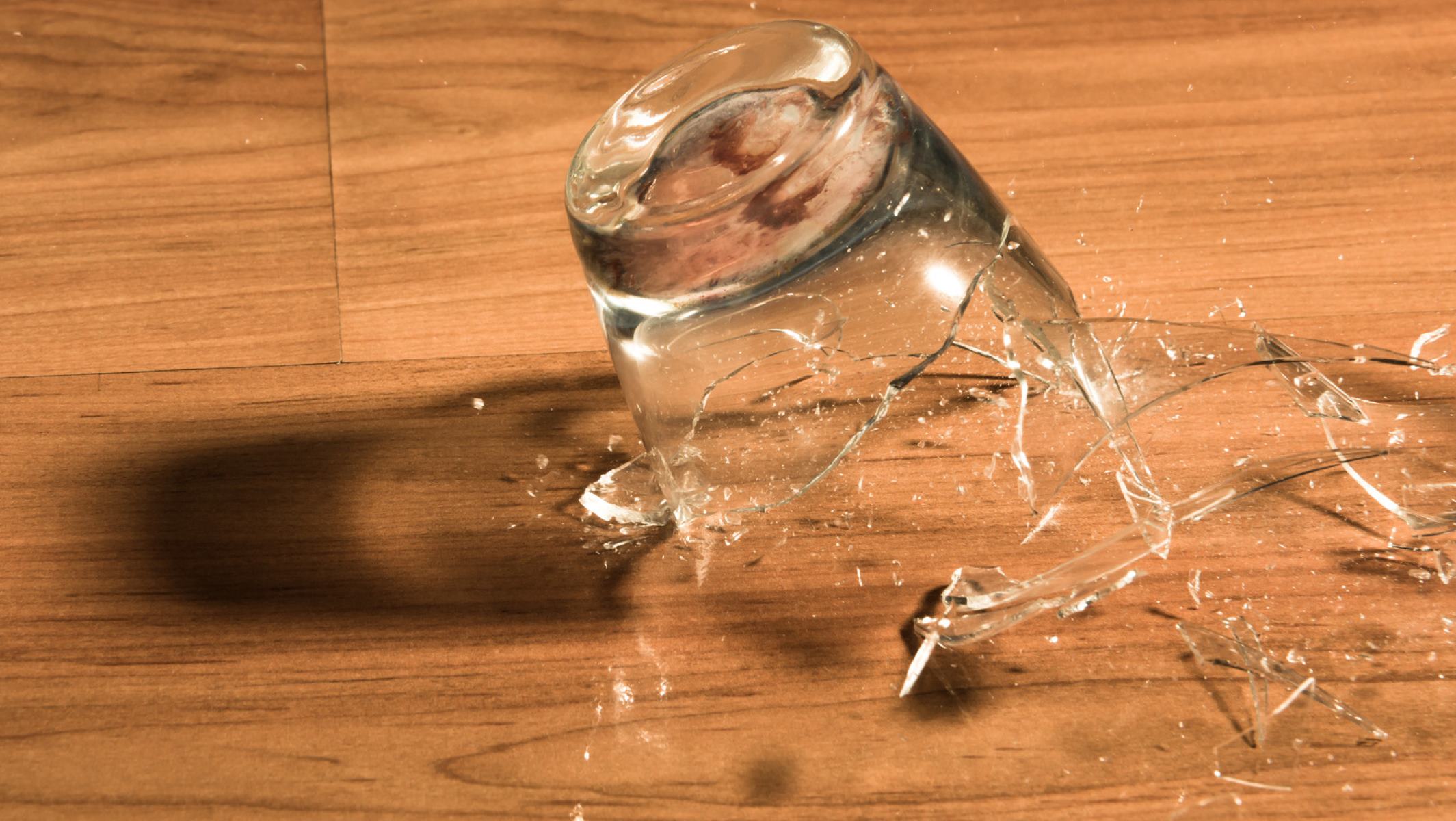
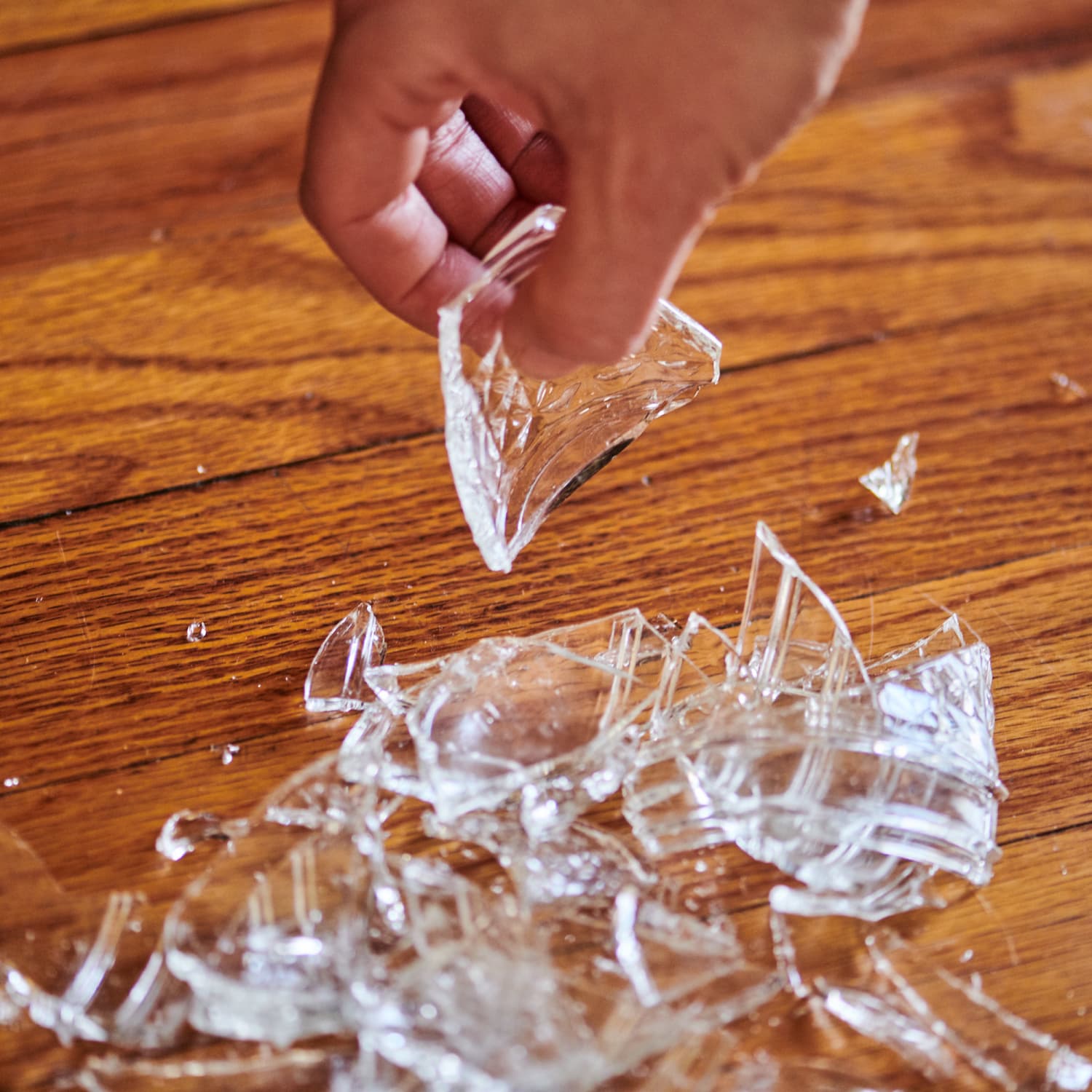
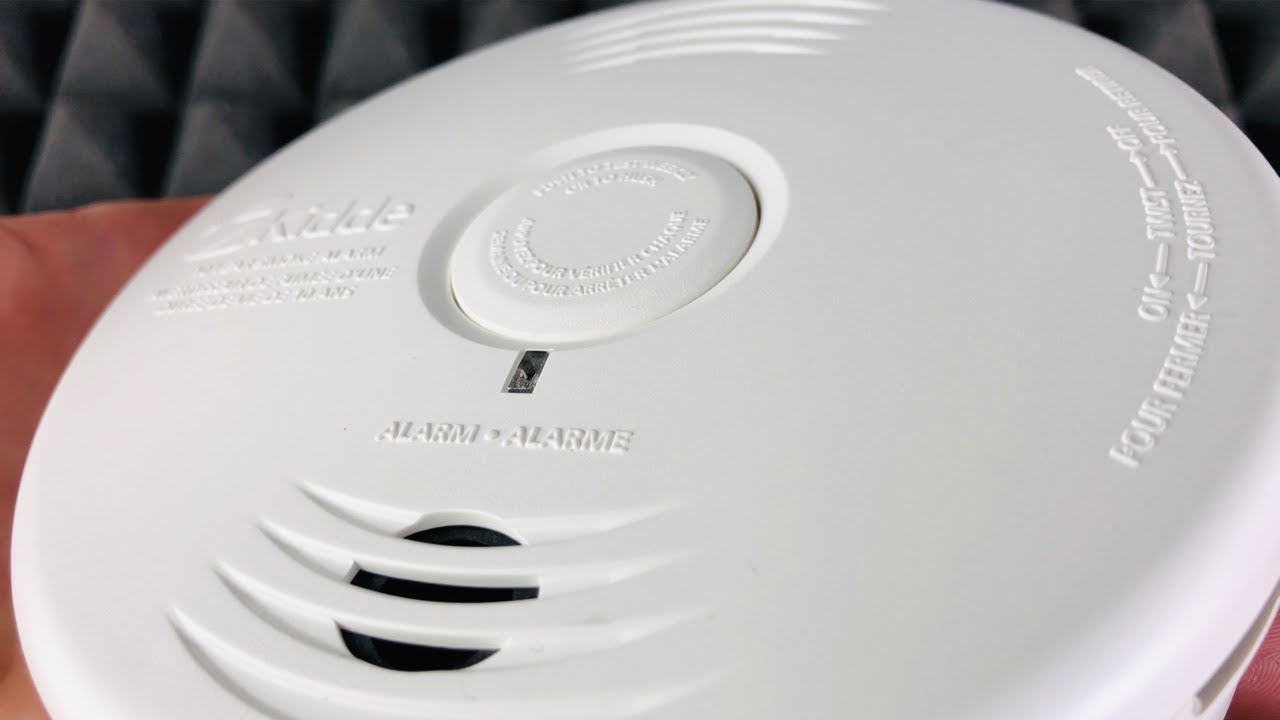
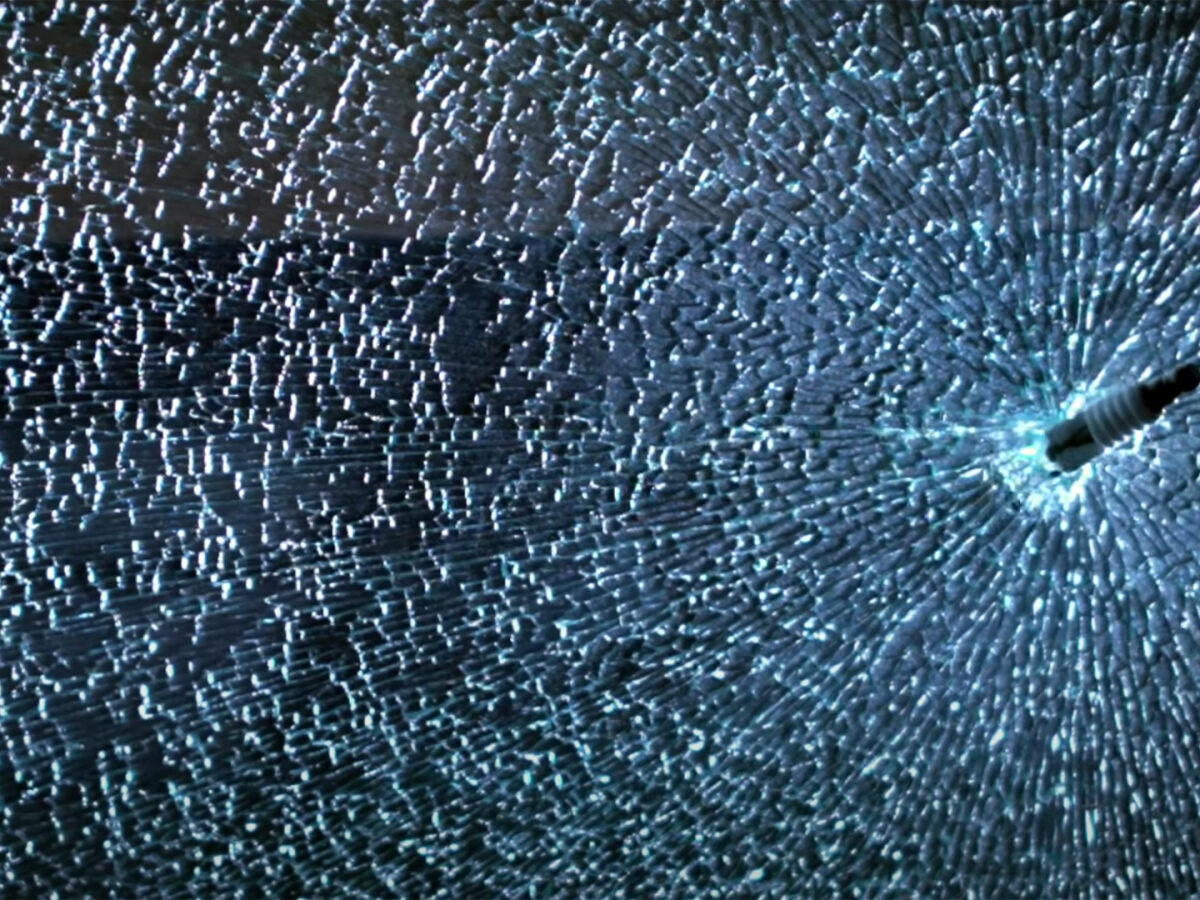

0 thoughts on “What Sound Does Glass Make When It Breaks”